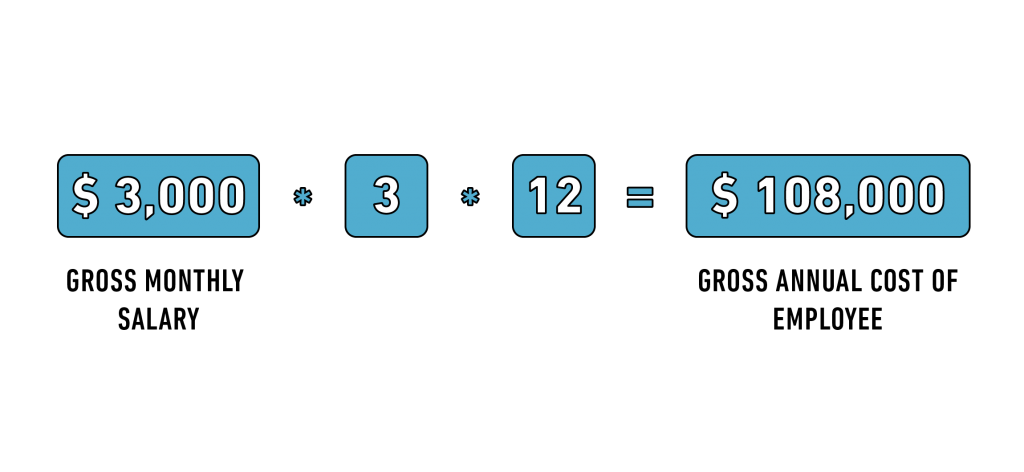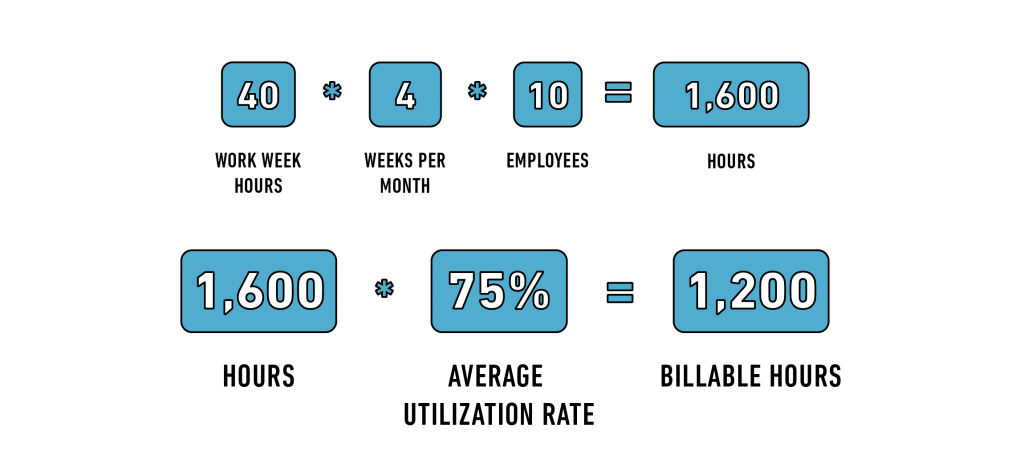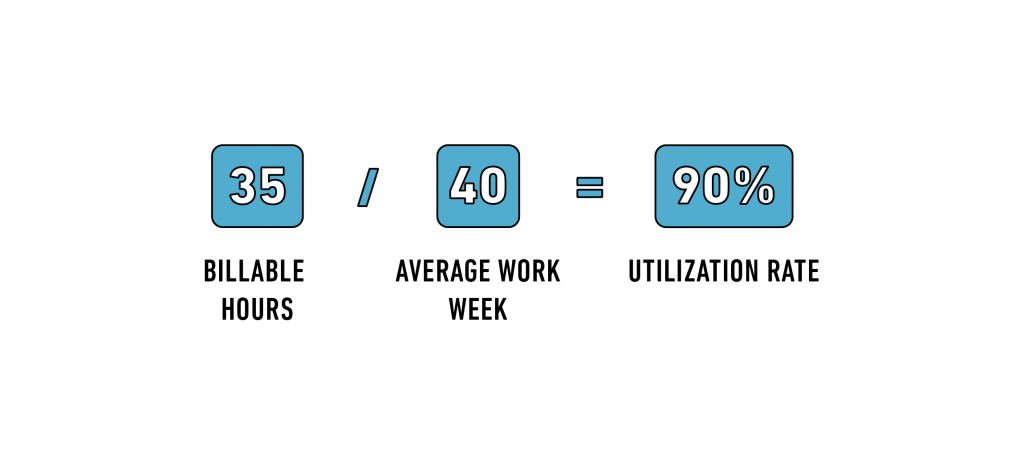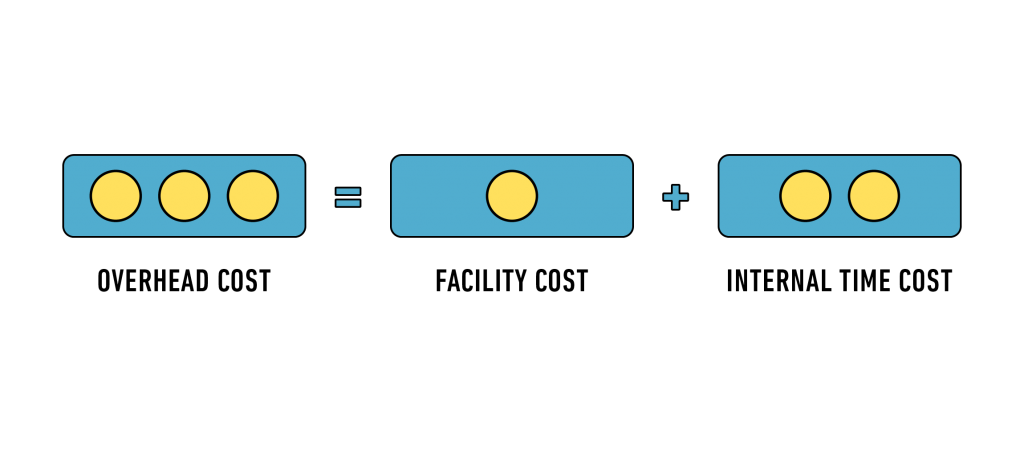What Are the Key Drivers of Digital Agency Profitability?

A profitable agency is the only type of agency worth running—no matter if you’re in the business of software development, digital advertising, or PR.
Though the overall demand for digital services keeps rising, it’s still not uncommon for agencies that provide digital services to experience dry seasons just as easily as a sudden influx of new projects.
So the question is: how can you ensure a cushion of profit for those times when the number of leads in your sales pipeline dims down?
Managing your digital agency’s profitability lies in a number of drivers: from nurturing repeat clients to maximizing billable staff utilization. Identifying blind spots and bottlenecks that are using up your time and money calls for a tool that can give you your key metrics in real time.
Keep scrolling to learn about the top seven drivers of digital agency profitability we decided to tackle below.
1. Build a Strong Sales Funnel for Your Agency
If you’re looking to improve your agency’s profitability, start from the beginning: your sales pipeline.
By using a strong customer relationship management system to build up your sales funnel, you’ll become more effective at forecasting revenue. When using a sales pipeline that’s embedded in your agency management platform, cross-checking with project and operations managers becomes easier and more efficient.
Building a strong sales funnel does not only mean getting as many leads as you can in your pipeline, but rather whether or not the estimates that you send out will yield profit. So one of the first crucial questions any service provider needs to address to increase their profitability is: how much should you charge for your agency services?
Ilija Brajković, CEO of Kontra agency brings you the simplest formula, applicable to most agencies:
In order for a company to be profitable, a worker must cover the cost of his annual salary, times three. This is popularly called one salary for you, one salary for the company (overhead), and one salary for the boss (profit). The fact is, agencies have a lot of hours that are non-billable. All these hours that add up should be covered by the so-called Times Three Model.
So as a rule of thumb, your pure income should be divided as follows:
- 50% salary
- 25% fixed overhead (offices, bookkeeping, education…)
- 25% profit
Example: An employee’s gross monthly salary is USD 3,000. Annually, that costs the employer USD 36,000, i.e. the company must earn three times more, which adds up to USD 108,000.

Optimize Your Agency’s Profit Margins
Drive financial success with an all-in-one agency management tool that delivers key metrics in real time.
2. Nurture Your Agency’s Repeat Clients
With a strong CRM tool embedded in your agency management platform and a complete history of communication with prospects, your agency has more transparency in managing customer relationships.
Putting extra effort into increasing your agency’s amount of repeat business as opposed to investing time in pitching for new clients will bring your agency a faster return. This is because trust influences long-term customer relationships, which ends up bringing higher profit for your agency than separate, shorter-term projects.
By keeping in touch with your customers on a regular basis through client satisfaction surveys or by simply checking in on how happy they are with your services, you increase trust and loyalty. And though the new normal has replaced face-to-face meetings with Zoom calls, that shouldn’t keep you from reaching out to your clients at least once every quarter.
3. Maximize Your Agency’s Billable Utilization
Utilization rates are a constant metric of interest for agencies. And not surprisingly. Utilization is the most important metric for your agency business, the strongest indicator of how busy your business is performing—and how profitable your projects are.
But to get utilization data in real time, a prerequisite is regularly tracking time. Both billable and non-billable hours.

Agencies often experience challenges with getting their teammates to track time. Employees can feel like their work is being watched, questioned, and will be valued less. Maybe they’ll even end up being micromanaged once their manager finds out precisely how efficient they are.
But really, all you’re trying to do as an agency is figure out: how is my agency’s time being invested?
To get those timesheets filled out, foster open communication. Teach your team about how maximizing your agency’s profitability and growth relies on the basic task of tracking time on a daily basis. The more honest they are, the better you can manage resources. And having time data brings us back to calculating your two most important metrics: billable utilization and profit margin.
Because of the information that’s available now, we’re doing more because Management is looking at the information and dissecting it even further. “Why did those 10 projects make a 42% profit, and that one made 20%?” Before using Productive, we could never understand where differences in profit were coming from.
4. Optimize Your Ratio of Billable and Non-Billable Staff
Following the previous tip, and being a type of business that generates many non-billable costs, it’s necessary to optimize your ratio of billable and non-billable staff.
Since salaries are one of the biggest expenses of every agency, increasing the percentage of billable staff can majorly impact your agency’s profitability. More specifically, billable staff utilization is what you’re looking to maximize.
Billable staff utilization shows you the percentage of time an employee is working on client work vs. the percentage of time that an employee is available to work in total. In other words, this metric shows you how effectively your employees are working.

One simple way of improving your billable utilization rates is regulating how much of your seniors’ time is being spent on different projects. If your agency’s ratio of billable vs. non-billable work is higher than 80%, you can rest assured that your agency’s profitability is on a healthy path. Granted—this can change overnight, so it needs to be monitored and addressed regularly, as projects move along.
As a professional services firm that works for non-profits, our margins have always been tight, so we’re constantly looking for ways to improve our efficiency. Now, we can see a lot of that information built right into the UI of Productive. And we’ve entered all our cost and overhead information, so we look forward to seeing the numbers for each of our employees.
Read about 4Site Interactive Studio’s journey with Productive here.
5. Regularly Look Into Project Budgets and Profitability Reports to Reduce Cost Overruns
With focus and effort, you can make improvements in reducing your cost overruns.
First look into how much of your agency’s work is project-based and how many of your clients are paying for retainers. Both of those categories are probably mostly set at a fixed cost, but some will vary based on Time and Materials.
You can measure project cost overruns by comparing the hourly rate you quoted and the actual rate. This simple formula: total project revenue divided by total hours spent.
Generally, there are two ways to reduce cost overruns, and your agency can do them in parallel:
1. Increase your number of retainers or recurring revenue projects
If your agency is already investing time in building strong client relationships, you’re halfway there to getting repeat customers. Increasing trust between you and your clients and keeping in touch with them will increase your chances of securing retainer agreements. Maintaining software, providing support, regularly ensuring social media marketing materials—these are all examples of long-term commitments that clients will likely agree to.
2. Change your agency’s project pricing from fixed-cost to Time and Materials
Generally speaking, agencies that work on Time and Materials pricing tend to have a safer source of income. But of course, your ability to change your pricing policy will vary greatly, depending on the kinds of services you offer. So, negotiating these rates will affect how profitable your projects are.
If you’re a software development agency, one way to change project pricing from a fixed-cost agreement to Time and Materials is switching your sales team to quote projects as Sprints with dedicated teams.
We’ve always known on a monthly basis how we’re doing as a company, but knowing on a per-project level, in real time—we never really had that visibility. You guys do a good job of providing that. If you look at it on a yearly basis, it does give us the ability to look, per client and per project where do we really stand. Being an agency, we have to keep everybody busy.
Read Clear Launch’s story with Productive here.
6. Regularly Forecast Your Agency’s Expenses
Do you regularly take time to forecast your agency’s expenses? Make sure that you’re identifying duplicate or unnecessary costs such as software licenses that you no longer need.
Another agency expense that may be gobbling up your profitability: freelancers. While hiring contractors brings you a lot of flexibility, they bring financial effects as well. For this reason, you need to be able to forecast how much your contractors are costing you.
Imagine you’re at the start of a new project and you want to make a comparison of your forecasted revenue and profit by taking into account these two scenarios:
- You deliver the entire project using in-house resources
- You deliver the project using a mix of in-house talent and contractors
Tip: To get a clear understanding of your profit with and without the cost of using contractors, first take a look at your past projects. Compare the revenue you earned for in-house services with billings for contractors in the past.
Now, back to imaging the future. Let’s take a look at this example below and see how we would recognize how much revenue your agency gets to keep for itself in Productive. Essentially, here we split revenue by services revenue and external expenses:

Then, have a look at the “billing” of your freelancers. Analyze whether you’ve made a profit on these services by looking at the markup.

7. Manage Your Overhead Costs
As a business model, agencies generate many non-billable expenses. A big chunk of those expenses falls into overhead costs.
Usually overhead can be divided into two categories:
1. Facility cost: utilities, office space rent, equipment, etc.
2. Internal cost: the expense of time spent on internal work
For agencies and similar types of businesses which rely on income through the services they provide, it’s key to see parts of your overhead (internal work) as investments for your long-term growth. These could be marketing and sales activities, networking events, training, etc. Now, there’s no official industry standard rate to calculate overhead. But for an understanding of your agency’s true profit per project, you can factor your overhead into your profit calculations.

Productive’s algorithm calculates overhead costs per hour. It factors overhead into profit margin calculations by covering the two major expense categories that agencies are faced with: project expenses and salaries.
To learn more about overhead, how it affects your agency’s profit, and how to manage it, check out our blog post on how to calculate overhead costs for an agency.
Looking For a Better Way to Manage Your Agency’s Profitability?
We’ve covered seven drivers of digital agency profitability. Maybe you’re uncertain about how much your agency should charge for its services or you want to see what it’s like to have all your key metrics available in real time. Reach out to our Sales team and book a demo call to learn more about how Productive can help you manage your agency’s profitability.
Optimize Your Agency’s Profit Margins
Drive financial success with an all-in-one agency management tool that delivers key metrics in real time.
